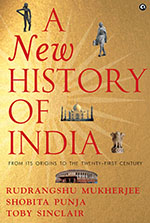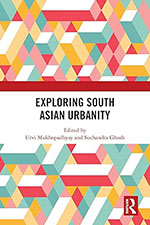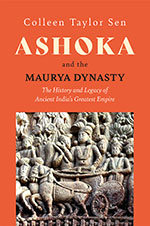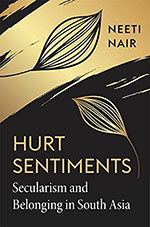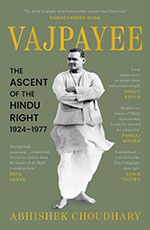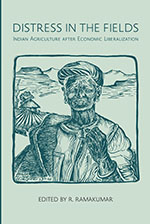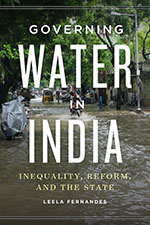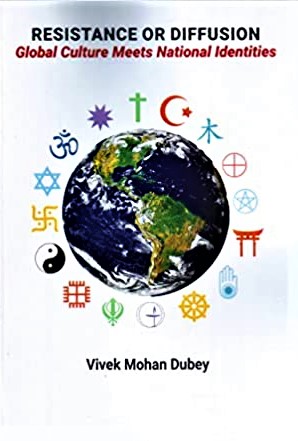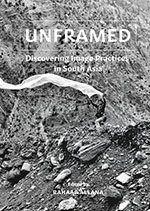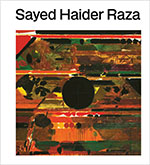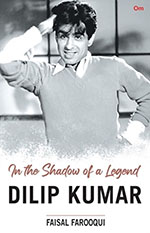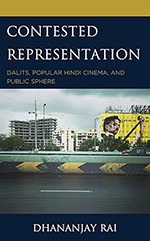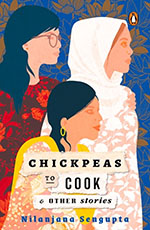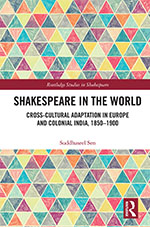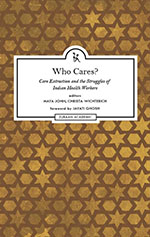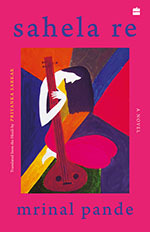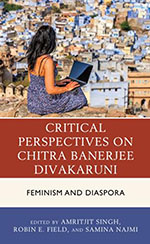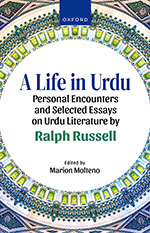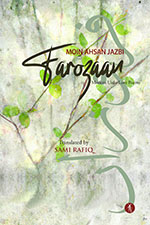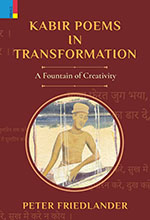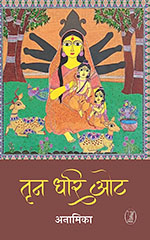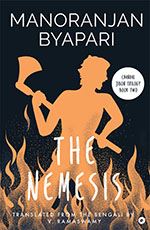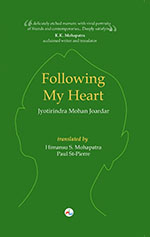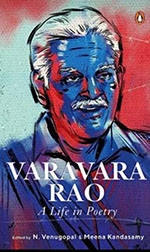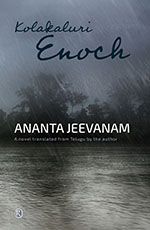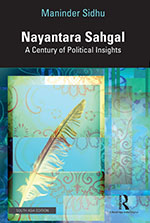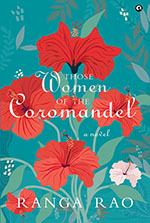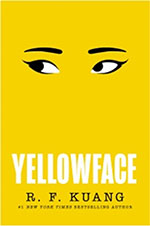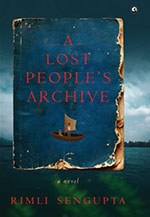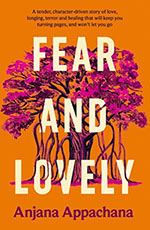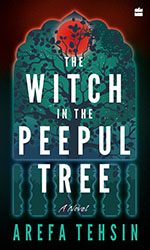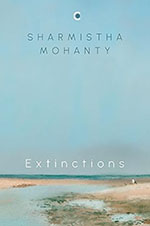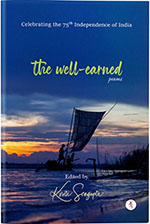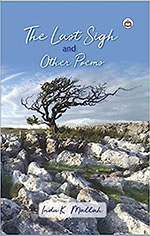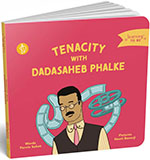This is a textbook with a difference. It covers a well-known story of the development of India as a civilization, of its march to modern nationhood and does it with elegance, precision and sensitivity. It is this quality of tying together discrete elements of updated research, well-known debates and understanding with a brilliant array of visual material that makes this textbook genuinely a novel exercise in synthesis and analysis.
Archives
December 2023 . VOLUME 47, NUMBER 12Exploring South Asian Urbanity edited by Urvi Mukhopadhyay and Suchandra Ghosh comprising fifteen essays explores the idea of urbanity in history. Divided into five themes, viz., the concept, urban spaces, textual representations, evolution of cities and urban violence
Colleen Taylor Sen, a culinary and food historian of South Asia—as the Foreword informs—picked up this study of Ashoka, the greatest and third ruler (c. 272/268-233 BCE) of the mighty Maurya dynasty
In beginning her book by repeatedly invoking the image of Gandhi’s prayer meetings as a counter to the violence of the Partition, the author is emphasizing a conception of secularism that many others have noted as specific to South Asia. At these prayer meetings,
There are very few political leaders in India whose initiation and evolution in the country’s political life would lead to an understanding not merely of the leader
Productivity. Input costs. Support Price. Policies.Investment.Risk. Capital. Market.Insurance.Credit. These have been and continue to be the key lexicons with which India’s agriculture and its economics are articulated and represented. This volume, a collection of essays from varied authors
Chennai saw the flood of the century in 2015, which claimed more than five hundred lives. Four years later, the city hit ‘day zero’, where all the city’s reservoirs dried, and 11.2 million residents had no water.
The book opens with an introduction that discusses the theoretical underpinnings and contestation about cultural globalization and whether it tends to erode the identities and culture of societies or not. Vivek Mohan Dubey starts the theoretical discussion with the ‘Traditional School of Thought’
South Asia has arguably been the cradle of the visual from times immemorial. Story telling in picture form from fables to epics has a place in the history of the subcontinent. Painting, sculpture, printing, weaving, sketching are practices that the people have used continuously.
A full page, at the very beginning, carries an arresting photograph of Sayed Haider Raza. We see a young Raza, somewhere in the early 1950s, sitting with his hands clasped around his raised left knee, apparently photographed in that reflective moment, with a painted canvas on the easel.
The term ‘biography’ can mislead at times. A person can be written about in so many different ways—popular forms include scholarly studies, trade bios and dictated memoirs—and ‘biography’ encompasses them all.
The book under review is a treat for scholars and students of Indian ‘cinematology’ embedded in social science. The landscape, timeframe and theoretical debates around Hindi cinema have been deliberated in an extensive way. The idea of ‘Social Language’, its construction and meaning in reference to the Dalit have been explored.
In her latest book, Chickpeas to Cook and Other Stories, critically acclaimed Singapore-based Indian writer Nilanjana Sengupta takes us beyond the traditional images of Singapore as a vibrant metropolis and wealthy financial hub to a more sensitive, compassionate and humane domain
Adaptations of Shakespeare, particularly of the transcultural kind, are currently in vogue in academia; the global spread of Shakespeare through diverse media is gradually being recognized and given critical attention: for example, the latest British Shakespeare Association’s conference at Liverpool
Maya John and Christa Wichterich’s book, Who Cares? Care Extraction and the Struggles of Indian Health Workers, goes deep into the many problems encountered by Indian healthcare workers in India and overseas. The book, a compilation of articles, personal accounts, and research data
2017
A translation reflects the skills of both the author and the translator, not literally as a combined effort, but in terms of its effect on the reader.
Like the Draupadi and Sita that she created in her memorable novels, Chitra Banerjee Divakaruni emerges in this book as a strong and questioning woman who turns received knowledge on its head. A compendium of academic essays on her works captures the genres of novel
He uses examples to illustrate how the ‘limitations’ of Urdu poetry described in those histories did not give any sense of the literary or cultural histories of these forms.
It is widely believed, not too erroneously, that Urdu poetry, since its inception, has been narrating tantalizing tales of unrequited love, rejoicing in pain and spiritual sublimity in an evocative idiom. It seeks to juxtapose individual feelings of desolation and deprivation
Peter Friedlander’s Kabir Poems in Transformation is a convergence of poetics, history and politics of translation and reception of Kabir in the last four hundred years.
2023
With her latest novelistic offering, Trin Dhari Ot she makes a significant literary intervention in the mythical, feminist and creative thought space of India. It is a retelling of Sita’s tale mediated through a reformist-womanist gaze, fortified by historicism, cultural politics and contemporary contemplations.
This is the second of the powerful trilogy of novels by Manoranjan Byapari. It tells the story of Jibon, the central character whose desperate struggle for survival forms the basis of the plot and interconnecting narration spanning all three novels. The Runaway Boy, published in 2020
Following My Heart is published by Dhauli Books—a cherished homegrown publishing house known for nurturing and supporting local literary initiatives. It is befitting that Joardar’s Manua, deeply entrenched in the vivid tapestry of the sights and sounds of Cuttack, should find a place for its English avatar in Dhauli Books.
Varavara Rao: A Life in Poetry—Is it a life in Poetry or A Livewire of Poetry? ‘Livewire is Better than a Poet’ is the title of an early poem and ‘Birds like my urge for freedom/ Waiting on the power line’ are lines from another poem titled ‘Companion’.
2023
Enoch’s Ananta Jeevanam describes the life of Anantpur city caught in incessant rains in a drought-prone region. He portrays how the lives of the people of the town were overwhelmed by the devastating downpour. The book reminds one of James Joyce whose work Dubliners captured the essence of Dublin. It also unearths stories of the unwept and the unsung many, along with the fortunes of the feudal family of Nelagallu Zamindar.
While raising her concerns over calculated cultural coercion and divisive politics, Maninder Sidhu presents Sahgal as a crusader whose literary writings caution against the thinly disguised hegemonic practices to dismantle the social-cultural fabric of India.
The novel is premised on the inner lives of three eponymous and devoted women on the Coromandel Coast during British imperialism. Their intertwined lives along the Coromandel coast aim to recover and reframe the personal and public lives of women in the subcontinent, especially during the British colonial period.
2023
Writing gives you power to shape your own world when the real one hurts too much. To stop writing would kill me. I’d never be able to walk through a bookstore without fingering the spines with longing, wondering at the lengthy editorial process that got these titles here and reminiscing about my own.
At one point in Rimli Sengupta’s debut novel A Lost People’s Archive (2023) the ghost of the novel’s protagonist Shishu laments that Indians never kept archives unlike Romans and Chinese
2023
Mallika’s memory loss of three days. From there on we are led on a voyage of perspectives, and each of them showcases the richness of the inner lives of these characters.
Arefa Tehsin’s work of fiction The Witch in the Peepul Tree gives a peek into the myriad changes unfolding in the nation through the lives of the people in Dada Bhai’s house.
2022
The poetry here is not in-your-face. Its intention is not to shout out, convert or proclaim; never wanting to draw attention to its intense gaze and its whispered yet assertive commenting voice.
This is a collection I have enjoyed reading.
As India celebrates its 75th year of Independence, Indian English poetry enters into its most robust and refulgent phase. Hitherto derided as a derivative discourse, imagined and expressed in a language which is not just alien but is patently colonial, Indian English poetry announces its ‘freedom’ from such insidious denunciations.
Like the scraps of a quilt, the poet Indu K Mallah stitches the pieces of fabric together with the invisible thread of warmth and empathy in her slim volume of poems.
The narrative describes Phalke as a versatile personality, whose ‘tenacity’ brings the Indian filmmaking industry to where it is today.

